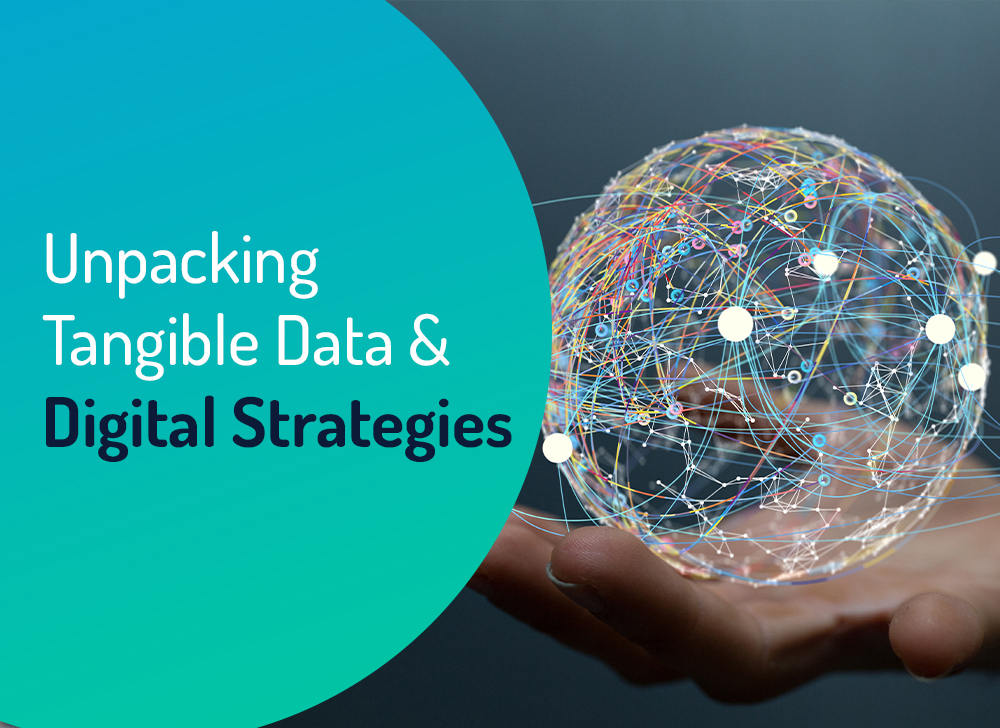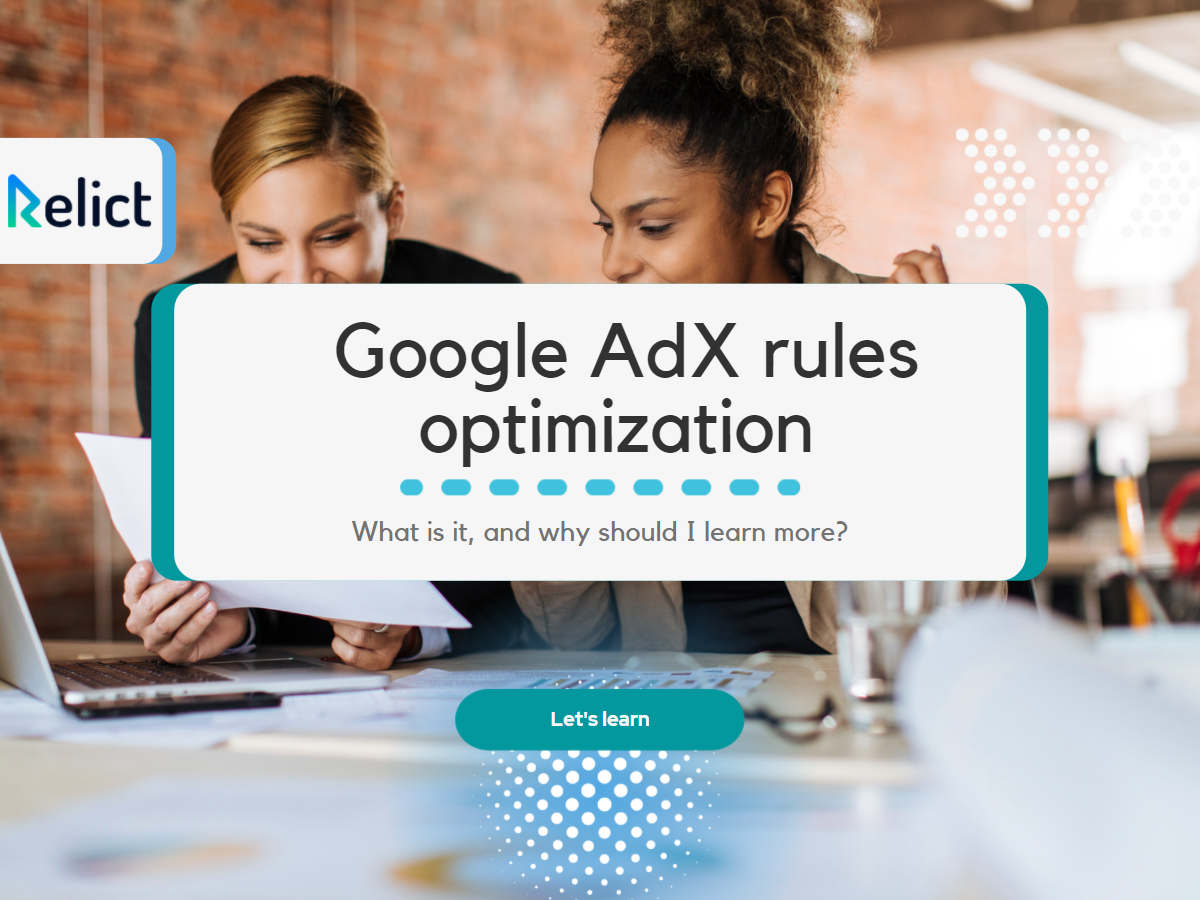What does the metaverse have in-store for in-game advertising?

5 ways the metaverse transforms in-game advertising
If you work in app development, you might have noticed a brand-new concept sweeping across (and into) the internet: the metaverse. First created by science fiction author Neal Stephenson and recently popularized by Facebook founder Mark Zuckerberg, it looks set to be the next big gamechanger for the internet. And of course, where technology transforms, advertising transforms too. Therefore, metaverse ad monetization is vital for modern app creators and game developers. But, it is crucial for all parties first to understand the metaverse. So, here are some of the most cutting-edge ways the metaverse looks set for monetization.
1. Native in-game advertising
Most game developers think of direct response ads such as in-game banner ads when they think of monetization. However, there are some significant issues with these. Chief among them is that they represent an intrusive experience for the gamer. They’re not naturally integrated into the gaming experience and can be more an annoyance than a source of effective ROI. In the metaverse, prepare for an amplified effect. The more authentic a virtual experience seems, the more jarring an interruption to that experience will seem.
Metaverse ad monetization, however, promises advertising revenue streams that seamlessly integrate into real-time gameplay. Companies such as Bidstack, Admix, and Anzu are at the forefront of these innovations. Offering in-game advertising space that mimics out-of-home advertising, they can integrate drinks ads into the sidelines of a virtual racetrack, car ads on the wall of a virtual skyscraper, and more. Bidstack boasts relationships with the world’s premier brands. Admix offers unique technology that promises to maximize the impact of each impression. Anzu has experience with everything from mobile apps to AAA games. As such, the potential here for naturalistic advertising could be taken even further within the metaverse. Featuring ad space could be as simple as dragging and dropping a billboard into your game world.

Native In-Game Advertising
2. Increased data gathering
Machine learning and AI represent another place where the metaverse offers incredible advantages for app developers. The beginnings of this potential show themselves in tools such as Google Maps. For example, depending on the time of day the user opens the app, Google Maps will suggest nearby coffee shops or bars, using the search patterns of previous users to anticipate the needs of the current one.
In the metaverse, expect further expansion. Depending on the player’s actions within the virtual world, you can build a detailed user profile with broader information patterns from the outfits or objects they use. By considering the limitless possibilities here, there’s no better place to get an in-depth look at target audiences and build campaigns around them.
3. Adapting advertising to the user
But data gathering is only the beginning of metaverse ad monetization possibilities. For instance, advertisers could potentially adapt their ads to each user using that data. This has already been achieved to some extent. Case in point that during Barack Obama’s 2008 presidential campaign, his campaign purchased in-game ad space from EA and geotargeted their ads to ten swing states.
This means advertisers could take what companies like Advertity do for them and move one step beyond them. For example, if a user habitually picks a certain type of car to drive in the metaverse, advertisers could show them ads for that car brand. Likewise, if a user attends a metaverse concert, they could be shown ads for that performer’s merchandise. The services of Frameplay, Bidstack, and Admix would ensure that this kind of targeted advertising would seem as natural as driving by a billboard in the real world. As a result, the user will be more likely to engage with advertising, as the ads will be guaranteed to interest them, and advertisers will reach their target markets faster.
4. Events within the metaverse
Metaverse ad monetization isn’t just about adapting old-school forms of advertising to a digital universe. It’s also about taking advantage of the digital universe’s new functionalities. Already, performers such as Lil Nas X, Travis Scott, and Marshmello have expanded their audience beyond the limits of reality. Utilizing the limitless potential of the metaverse, they have performed concerts to as many as 12.3 million people.

Events Within The Metaverse
This near-infinite reach could be invaluable for the advertisers who make the most of it. Already, Disney has taken advantage of these metaverse events to promote The Rise of Skywalker. What sets metaverse events apart from in-person events is the greater audience capacity and giving potential customers the feeling of participation in the event. In addition, users will feel that their brand experience is more meaningful with their avatars, emotes, etc.
5. Product placement

Product Placement
Touched on above, the concepts of product placement and virtual items provide some of the biggest opportunities for metaverse ad monetization. Digital avatars and skins are nothing new in gaming, a core part of many gamers’ experiences. However, they grow exponentially in importance when it comes to the metaverse. Since a seamless, totalizing experience is such a core part of the metaverse, it is important to provide lots of options for players to digitally represent themselves.
This is where advertisers come in. Providing branded options for skins and in-game items will allow marketers to increase brand awareness and promote positive feelings towards the brand. In some cases, metaverse items can even become revenue sources in themselves. For example, Roblox allows players to shop for Gucci-branded items using real-world currency. In one case, a player paid over four thousand dollars for a limited-edition, virtual Gucci handbag.
Metaverse ad monetization is the next big step forward for app and game development. Adding additional revenue streams to your game could be as simple as dropping in a new item or copy-and-pasting a virtual billboard. Machine learning from users’ actions at all times across the metaverse could even let you tailor your marketing strategy in real-time. These strands of metaverse ad monetization are only the beginning of the limitless potential the metaverse offers.














